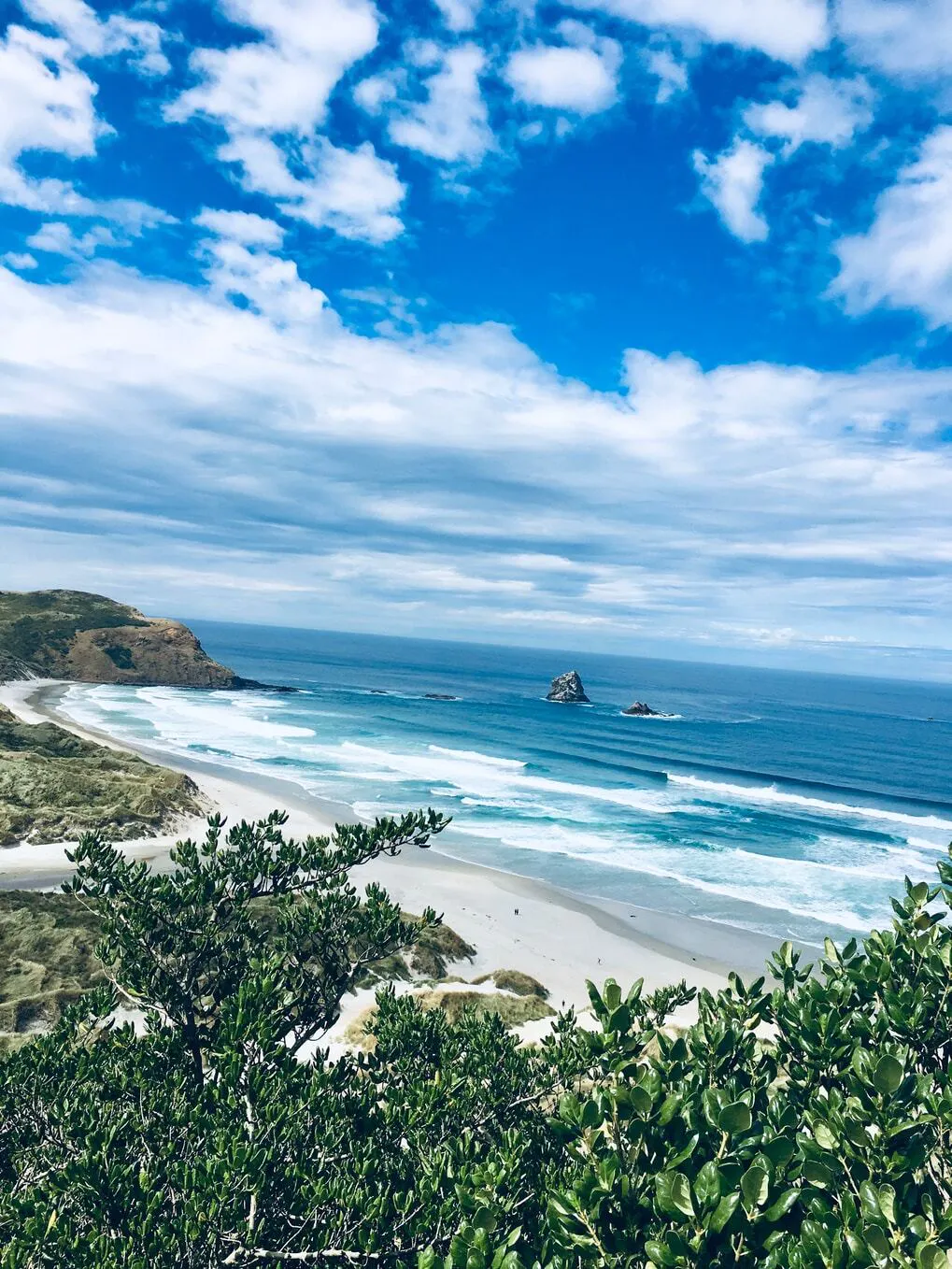Coastal Processes and Drivers of Coastal Hazards: A Study of Ngarunui Beach to Te Kōpua Spit, Raglan
eCoast Directors Shaw Mead and Jose Borrero have been working to develop a better understanding of how coastal processes and drivers of coastal hazards affect a certain area.

Coastal Processes and Drivers of Coastal Hazards: A Study of Ngarunui Beach to Te Kōpua Spit, Raglan
eCoast Directors Shaw Mead and Jose Borrero have been working with the Te Kōpua Restoration Steering Group and Waikato Regional Council over the last few years to develop a better understanding of how coastal processes and drivers of coastal hazards affect a certain area.
The area of focus begins at the Northern end of Ngarunui Beach, which sits just outside of the Whaingaroa Harbour entrance at Raglan, through to the north eastern terminus of the Te Kōpua spit within Whaingaroa Harbour.

This area is of particular importance to local iwi, local residents and national and international visitors as Te Kōpua Spit is a popular location for a range of outdoor activities including water sports, fishing, exercising horses and dogs, walking and picnicking.
Whaingaroa (Raglan) coastline is comprised of a variety of coastal environments, from the wild open west coast to the sheltered harbour beaches with the complex harbour entrance channels and bars. This means that a range of coastal processes need to be considered holistically in order to develop management strategies for climate change and sea level rise resilience.
The study included reviews of existing literature and data, including hydrodynamic numerical modelling, surrounding the coastal processes and morphology of the west coast, Ngarunui Beach, Whaingaroa Harbour the ebb tidal delta, the Whaingaroa Harbour entrance, the flood tidal delta, and the stretch of coastline between Wainamu Beach to the end Te Kōpua Spit.
The findings of this study form the basis, and a provide a source of information, to inform any future management options along this part of the coastline in Whaingaroa/Raglan Harbour; which is the aim of the Te Kōpua Draft Restoration Operational Plan. The project has since been completed although management of the area continues to be ongoing.

The Waikato Regional Council and Coastcare have implemented a coastal management strategy. Part of which includes the recent dune re-shaping and planting of Spinifex and Pingoa along the Te Kōpua Spit adjacent to the airfield.
Following on from the success of this work, a similar approach has recently been initiated for Port Waikato, where aggressive erosion has been occurring along Sunset Beach and the spit for the past few years.

AWARD WINNING SUPPORT DYNAMIC
We’re here to help
Whatever your requirements in marine consulting and research are, eCoast’s guarantee is that we can meet your needs in a highly professional way.
